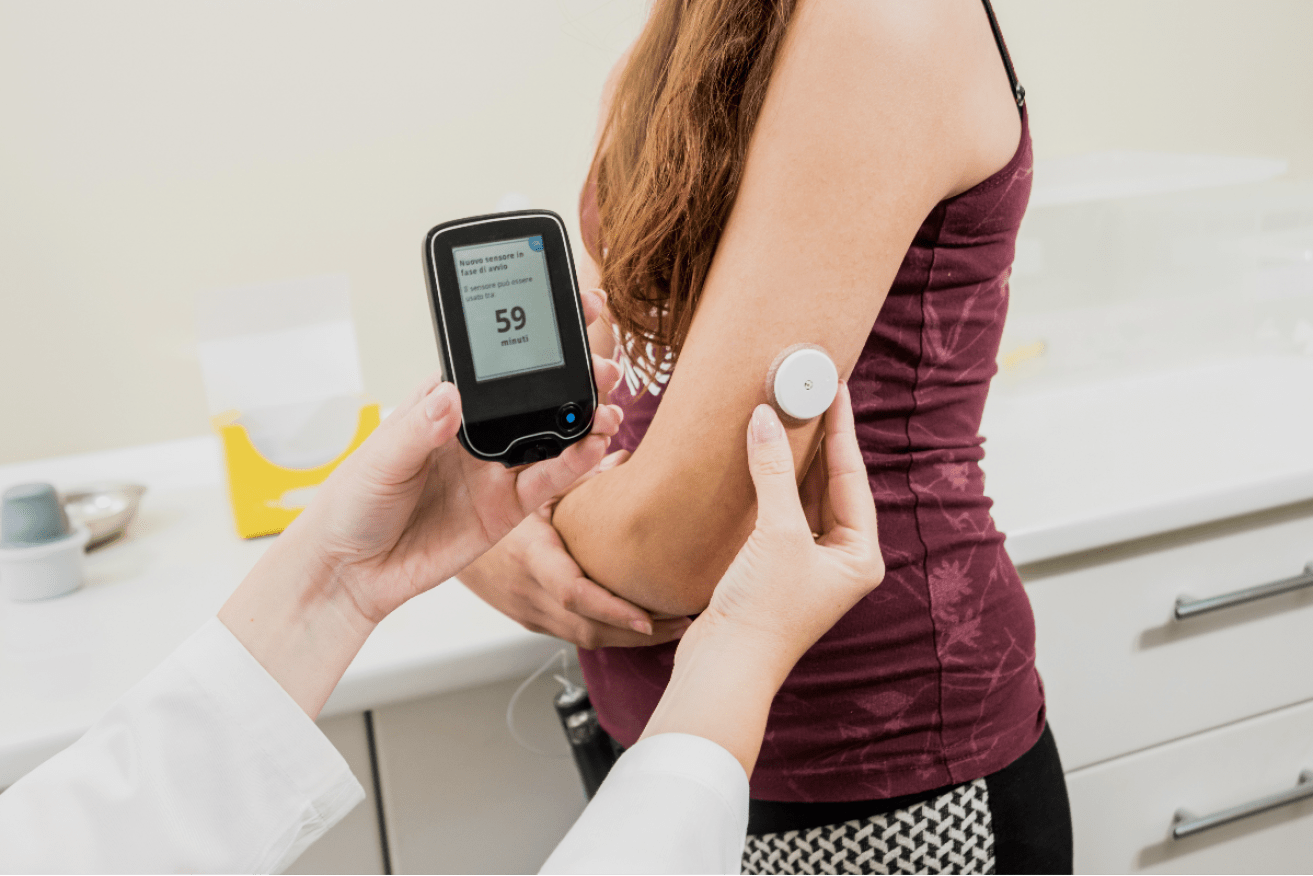Sugar tax call in national diabetes inquiry
There are calls for more government action to support Australians living with diabetes, after a national inquiry released 23 recommendations including a levy on sugar-sweetened beverages.


Patients with type one diabetes have been able to access subsidised CGM devices since 2022. Photo: Adobe Stock
The Federal Standing Committee on Health, Aged Care and Sport released a report into The State of Diabetes Mellitus in Australia in 2024 last month, delivering 23 recommendations to the government.
Among recommendations around changes to food labelling and marketing regulations, the committee recommended the government implements a levy on sugar-sweetened beverages, which would be increased according to sugar content.
The World Health Organisation recommended countries introduce sugar-sweetened beverage levies in December 2022. As of February 2023, 106 countries and territories had some kind of taxation on the beverages, covering 52 per cent of the population.
Another recommendation in the report was to expand the current subsidies to continuous glucose monitors, which are subsidised for those with type 1 diabetes.
Continuous glucose monitoring systems (CGM) provide automatic glucose readings and are available for those with type 1 diabetes for an annual cost of $390, thanks to a National Diabetes Services Scheme subsidy.
Without the government subsidy, those with type 2 diabetes have to pay up to $5600 annually to access a CGM.
The report indicated regional South Australia has one of the highest rates of type 2 diabetes in the country.
Geoffrey Jenkins, an Adelaide man who has previously had access to a CGM on a trial sensor, said the device was crucial.

Geoffrey Jenkins said a trial CGM device had previously saved his life. Photo: supplied
“Type 2 diabetes is almost the same condition as type 1 diabetes, but it’s usually diagnosed later in life, whereas type 1 is diagnosed early in life. Why can’t we have the same access to devices that they get?” Jenkins said.
“I think (Health) Minister Mark Butler should be looking closely at this and make us equal. He can do that with a stroke of a pen.”
A spokesperson for the minister said the government would “carefully consider the report”, published on July 3.
“The Albanese Government has a proud record of delivering for Australians living with diabetes, including the securing the listing of Fiasp on the PBS, delivering on our election commitment to give all 130,000 Australians with type 1 diabetes access to subsidised CGM products…and expanded access to the Insulin Pump Program,” the spokesperson said.
Speaking in Adelaide in March this year, Butler said he was waiting to see the inquiry’s results before introducing any changes.
“I’ve seen… some calls for those technologies to be made available to patients with type 2 diabetes… we’re taking it very seriously,” he said at the time.
Approximately 87 per cent of all diabetes cases in Australia are type 2, with around 1.3 million people having the condition.

Health Minister Mark Butler said earlier this year he would be considering the outcome of the inquiry regarding the expansion of subsidies for CGM devices. Photo: AAP
A submission from Diabetes Australia indicated there may be around 500,000 Australians currently with undiagnosed type 2 diabetes.
CGMs provide continuous data, eliminating the need for regular finger-prick testing.
“I was pricking my fingers three to five times a day which made my fingers very, very sore over the years,” Jenkins said.
“I don’t know how many thousands of needles have been stuck in my fingers.
“When you’re out socially you can’t pull everything on the table. I had to go into the toilet and test my blood sugar, which isn’t a nice place to do it.”
The committee reported that it was “evident that the expansion of the CGM subsidy to cover all patients with type 1 diabetes has produced positive health outcomes”.
“Ensuing better access to this technology for all Australians must be a priority,” the committee wrote.




